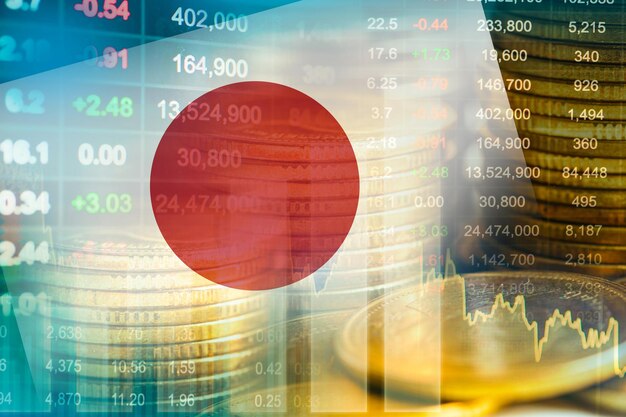The Japanese government and regulators are undertaking a major initiative to revive the country’s long-dormant junk bond market. The goal is to provide companies with an alternative to heavy dependence on bank lending and meet the growing private equity demand for co-investing in deals.
Junk bonds, or high-yield bonds, pay higher interest rates to investors given the increased risk. Japan’s junk bond market has been essentially non-existent for over two decades, with corporate borrowers relying predominantly on loans from the country’s largest banks.
Officials are now canvassing major financial players for advice on boosting appetite for higher-yielding Japanese corporate debt. Those consulted include heads of banks like Mizuho and MUFG, the Government Pension Investment Fund, and private equity firms active in Japan.
Revitalizing junk bonds would allow companies to diversify funding sources beyond a handful of systemically important banks. This could support economic growth by enabling more corporate activity. It would also open an attractive new asset class for yield-hungry institutional investors.
Demand is particularly high from global private equity firms pursuing Japanese companies as acquisition targets. Junk bonds would provide debt financing for such leveraged buyouts while giving banks a way to offload credit exposure.
Japan has seen almost no junk bond issuance in over 20 years. By comparison, US companies issued over $100 billion in junk bonds in 2022 alone. The limited past deals in Japan focused on yields under 1%, failing to attract much investor appetite.
But the country’s negative interest rate policies, lackluster growth, and push for improved corporate governance have spurred new interest in high-yield offerings. Recent regulatory changes now allow the massive Government Pension Fund to invest in yen-denominated junk bonds as well.
Reviving a liquid junk bond market won’t be easy after such dormancy. Analysts point to “chicken and egg” dilemmas where issuers need active secondary trading and vice versa. Boosting disclosure and investor-corporate engagement are seen as key to growth.
Nonetheless, the pressure for change is mounting. Lenders recognize overreliance on banks poses systemic risks. And ever-rising overseas acquisitions of Japanese firms highlight the need for growth financing options.
If successful, developing an active junk bond ecosystem would have far-reaching benefits. Companies would gain a powerful new tool to fund expansions. Banks could offload risks while still reaping underwriting fees. And institutions like pensions would access higher returns to meet obligations.
For now, regulators are taking an advisory role, hoping stakeholders can align to organically nurture junk bond trading. But targeted interventions like disclosure reforms, tax perks, and mandatory bond issuance may enter discussions should progress stall.
Conclusion
Reviving Japan’s junk bond market, dormant after banks usurped its role, won’t be quick or easy. But the powerful tailwinds of private equity appetite, overseas pressures, and hunger for yield signal the time is ripe. With the right coordination among regulators, companies, and investors, Japan may finally be on the cusp of developing a vibrant high-yield debt ecosystem to propel its economy into the future.








